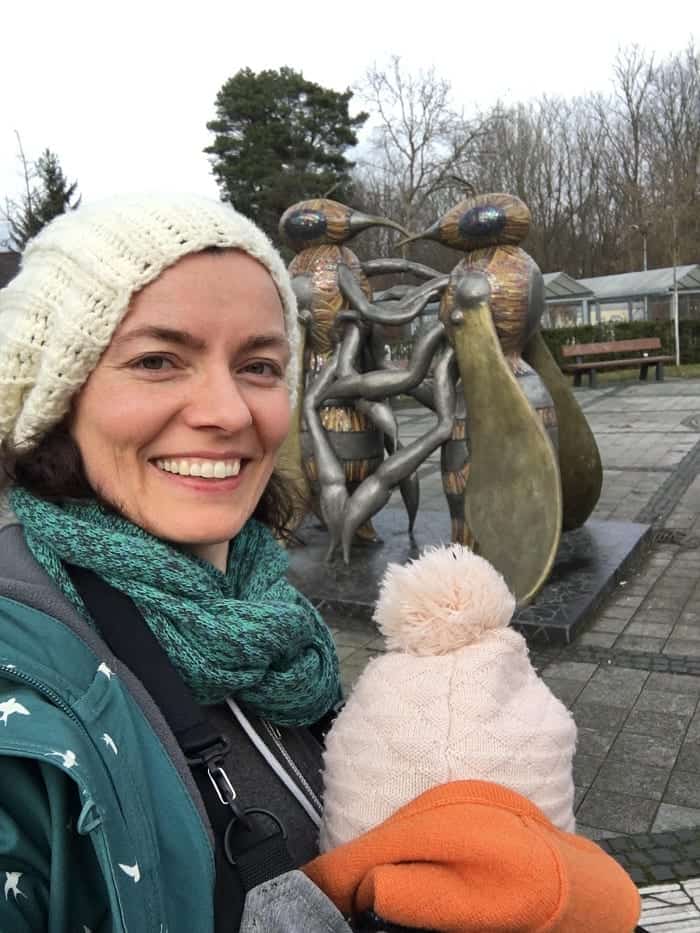Museum Island is a top destination for visitors to Berlin and locals alike, a culture-lover’s paradise where a ticket costing only eighteen euro buys you access to five of the most esteemed collections of antiquities in Europe.
Each of the massive museums located here has a theme based on the era, region and purpose of the items housed within – Ancient Greek, Roman, Egyptian, Etruscan and Babylonian, to name a few.
But if you are interested in the history of Europe and want to see a collection that showcases the continent’s cultural journey from the Byzantium era until the present, the Bode Museum will be your top pick.
While it often gets overshadowed by the Pergamon, the Neues Museum and the Altes Museum, the Bode Museum may actually be the most important institution on Museum Island.
Described by Neil McGregor, the director of the illustrious British Museum as, “the most comprehensive display of European sculpture anywhere… it is no exaggeration to say that in the new Bode Museum, Europe will be able for the first time to read its history — aesthetic and religious, intellectual and political — in a three-dimensional form.”
High praise for a museum located on a continent with hundreds of competing collections vying for similar accolades.
The Bode is home to two collections – The Sculpture Collection and Museum of Byzantine Art and the Münzkabinett (coin collection).
The building was built in 1904, and originally named the Kaiser Friedrich Museum after the then German Emperor.
It kept this name until 1956, when trustees voted to change it to honor the first curator, Wilhelm von Bode. His unique style of curation is still echoed in the museum today; von Bode believed strongly in mixing art collections and displaying sculpture, art, medals and coins from different eras and regions in esthetic groupings.
Byzantine, Ravenna, Renaissance, Gothic and Baroque pieces are displayed from all over Europe, with a special focus on Germany and on the Christian Near East (particularly Coptic Egypt).
Badly damaged in the bombings of Berlin in World War Two, the museum was renovated numerous times between 1948-1986.
However, damage and wear were still a problem until 1997, when the museum closed for extensive restoration for nine years. It reopened in 2006 after a 150 million Euro upgrade, and is now in a stunning condition.
If you fancy coins and other metal work, the Bode’s Münzkabinett (coin cabinet) is place for you.
Boasting the world’s largest “numismatic” collection of coins, from the seventh century BCE until the present day, the Münzkabinett counts over 500, 000 items in its possession!
Fans of conspiracy theories and contested heritage will want to pay special attention to the Bode Museum’s most controversially famous piece, the Flora Bust.
Purchased from a London gallery by von Bode in 1910 for a few pounds, he claimed that this bust was an unrecognized work of Leonardo da Vinci.
Proudly displaying his great bargain find in the museum, he boasted that he had "snatched a great art treasure from under the very noses of the British art world.”
This pride was to be short-lived. British journalists soon countered that this was actually the work of English sculptor Richard Cockle Lewis, and provided testimony from his son that the piece had been created in 1840.
Indeed, letters dated 1840 were found stuffed inside the base of the sculpture, but despite mounting evidence, Bode insisted that it was a da Vinci until he died.
The bust is now on display in a section marked, “England” and is marked with the date “19th Century?” on its placard.
Whether you plan to spend a few hours on Museum Island, a whole week or any amount of time in between – make sure you pay a visit to the Bode Museum and pay homage to the history of Europe.
Getting There:
UBahn U6 (Friedrichstraße)
Admission:
For the Bode Museum alone: 10 Euro, Concessions 5 (Purchase online to save 1 Euro)
For a Museum Island one-day ticket: 18 Euro, Concessions 9 (Purchase online to save 1 Euro)
Hours:
7 days a week from 10am-6pm (Thursdays open until 8pm)
Written by Jessica O’Neill




